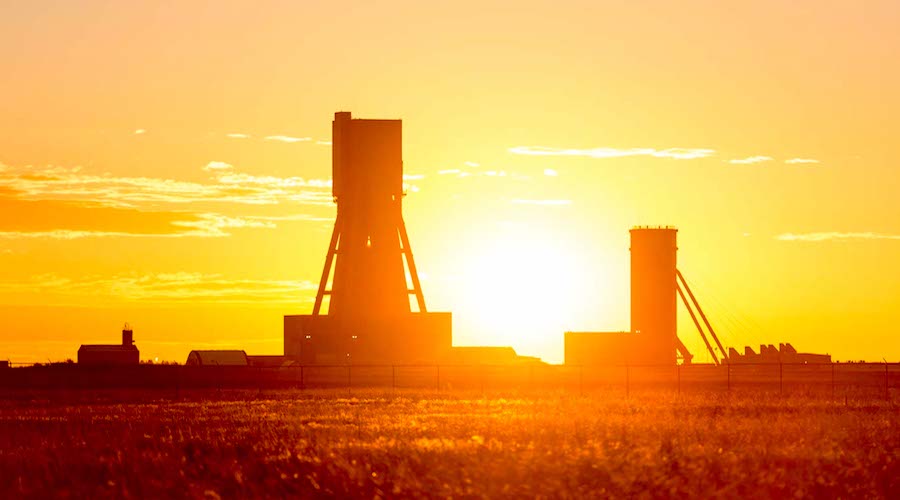
Before choosing to spend a further $5.7 billion to bring Jansen into production, BHP is looking into what port it would use to ship the key element in plant nutrition.
“We are considering two options in terms of the port. One is a commercial option at the port of Vancouver, one is a greenfield option.”
BHP’s Minerals America President, Ragnar Udd.
“We are considering two options in terms of the port. One is a commercial option at the port of Vancouver, one is a greenfield option,” BHP’s Minerals America president, Ragnar Udd, told investors on Thursday.
“We would like to have those locked in before we take them to the board. We continue to expect that this (decision) will occur in the next, coming few months,” he added.
Originally expected during 2020, BHP’s announcement should come on August 17 at the latest, when it publishes results for the year ended June 30. But the company could issue a statement on the matter as early as next month, when it’s slated to publish its operational review for fiscal 2021.
Seeking rivals’ support
The Melbourne-based mining giant has also been talking to Canadian rival Nutrien (TSE, NYSE: NTR), which has signalled its willingness to either becoming the mine operator or taking a stake in the project.
Nutrien — formed in 2018 from the merger of Potash Corp. of Saskatchewan and Agrium Inc. — said in May the market could absorb Jansen’s output if produced in a “disciplined” way.
The Saskatoon-based miner has been an open critic of the Jansen project for years, as it believes developing it would flood cause an unwelcome oversupply. Yet Nutrien’s tone has changed since Mayo Schmidt took the helm of the company earlier this year, replacing Chuck Magro.
Located in the province of Saskatchewan, 140km east of Saskatoon, the mine is expected to give BHP exposure to a market driven by rising global food demand and represents one of its few major growth prospects.
Jansen is slated to produce 8 million tonnes of potash annually, or nearly 15% of the world’s total over an estimated 70-year mine life.




